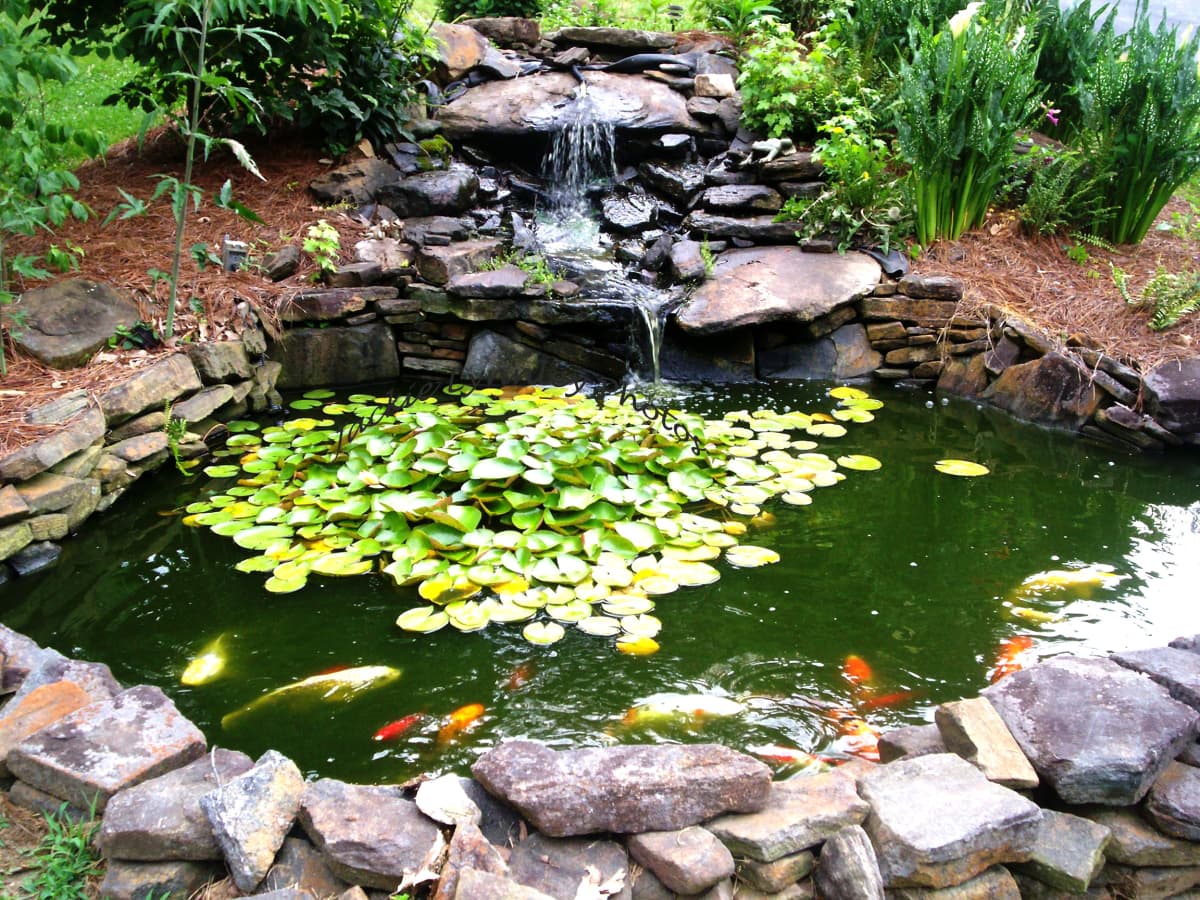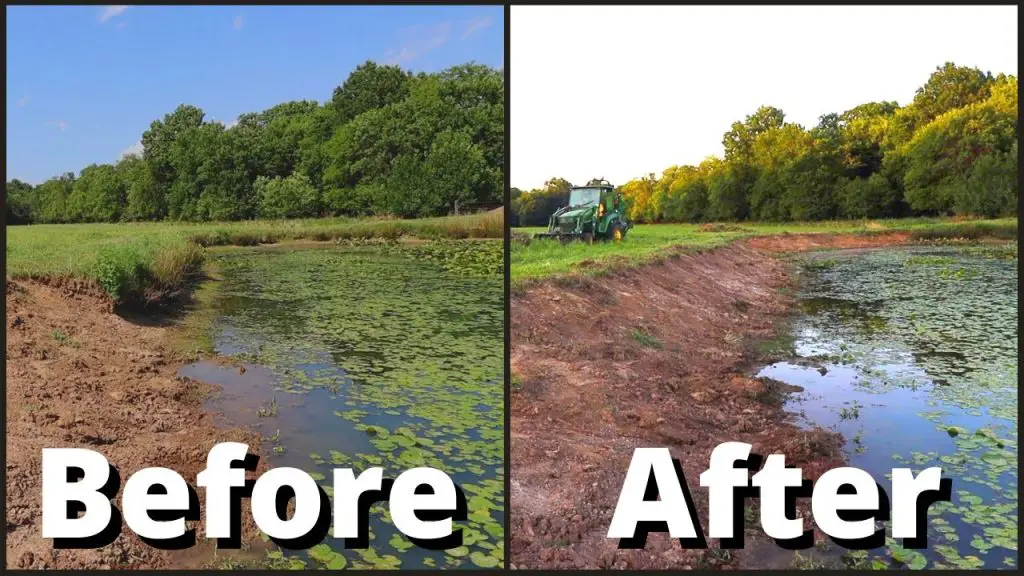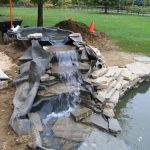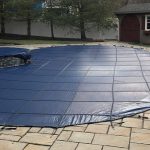Are you looking to enhance the beauty and functionality of your pond by building up a pond bank? Building up a pond bank can not only improve the aesthetics of your pond but also provide additional benefits such as erosion control, habitat creation, and improved water quality. In this comprehensive guide, we will take you through the step-by-step process of building up a pond bank.
Step 1: Planning and Preparation
Before you begin the actual construction of the pond bank, it is essential to plan and prepare adequately. Start by determining the desired height and slope of the bank. Consider factors such as the surrounding landscape, water level fluctuations, and the type of vegetation you want to incorporate.
Next, gather all the necessary tools and materials for the project. This may include shovels, wheelbarrows, rocks, gravel, soil, plants, and any other landscaping supplies you may need.
Step 2: Excavation
The first step in building up a pond bank is excavation. Use a shovel or an excavator to dig out the soil from the area where you want to build up the bank. Create a gentle slope that will help prevent erosion and provide stability to the bank.
Remove any existing vegetation, rocks, or debris from the excavation site to ensure a clean and stable base for the bank. Compact the soil using a compactor or by walking over it to ensure a firm foundation.
Step 3: Building the Structure
Once the excavation is complete, it’s time to start building the structure of the pond bank. If you want to create a natural-looking bank, consider using rocks, boulders, and logs to create a sturdy foundation. Arrange the materials in a way that provides both structural support and visual appeal.
Fill in the gaps between the rocks with soil and compact it to create a solid structure. Ensure that the bank is built up to the desired height and slope to prevent erosion and provide a stable base for planting vegetation.
Step 4: Planting Vegetation
Planting vegetation on the pond bank is essential not only for enhancing the aesthetics of the area but also for preventing soil erosion and providing habitat for wildlife. Choose native plants that are well-suited to the local climate and soil conditions.
Consider planting a mix of grasses, shrubs, and trees to create a diverse and resilient ecosystem. Make sure to water the newly planted vegetation regularly to help it establish and thrive on the pond bank.

Credit: dengarden.com
:max_bytes(150000):strip_icc()/Japanese-Style-Garden-Pond-157913682-56a4a0ca3df78cf7728351b0.jpg)
Credit: www.thespruce.com
Step 5: Adding Finishing Touches
Once the vegetation is established, you can add some finishing touches to further enhance the pond bank. Consider adding decorative rocks, mulch, or gravel to create visual interest and improve the overall appearance of the bank.
You may also want to incorporate features such as benches, stepping stones, or bird feeders to make the pond bank more inviting and functional. Be creative and tailor the finishing touches to suit your personal preferences and the surrounding landscape.
Step 6: Maintenance
Maintaining the pond bank is essential to ensure its long-term health and stability. Regularly inspect the bank for signs of erosion, sediment buildup, or vegetation overgrowth. Address any issues promptly to prevent them from escalating.
Continue to water, fertilize, and prune the vegetation on the pond bank to keep it healthy and vibrant. Remove any invasive species or weeds that may threaten the stability of the bank or the overall health of the pond ecosystem.
Conclusion
Building up a pond bank is a rewarding project that can transform the look and function of your pond. By following the steps outlined in this guide and putting in the effort to plan, prepare, and maintain the bank, you can create a beautiful and sustainable feature that will enhance your outdoor space for years to come.
Remember to take your time, be patient, and enjoy the process of building up a pond bank. The results will be well worth the effort, providing you with a tranquil and inviting space to relax and enjoy the beauty of nature.





